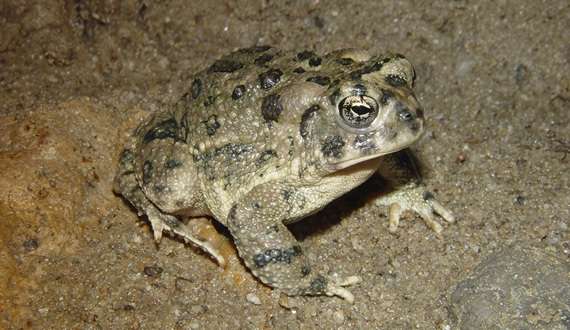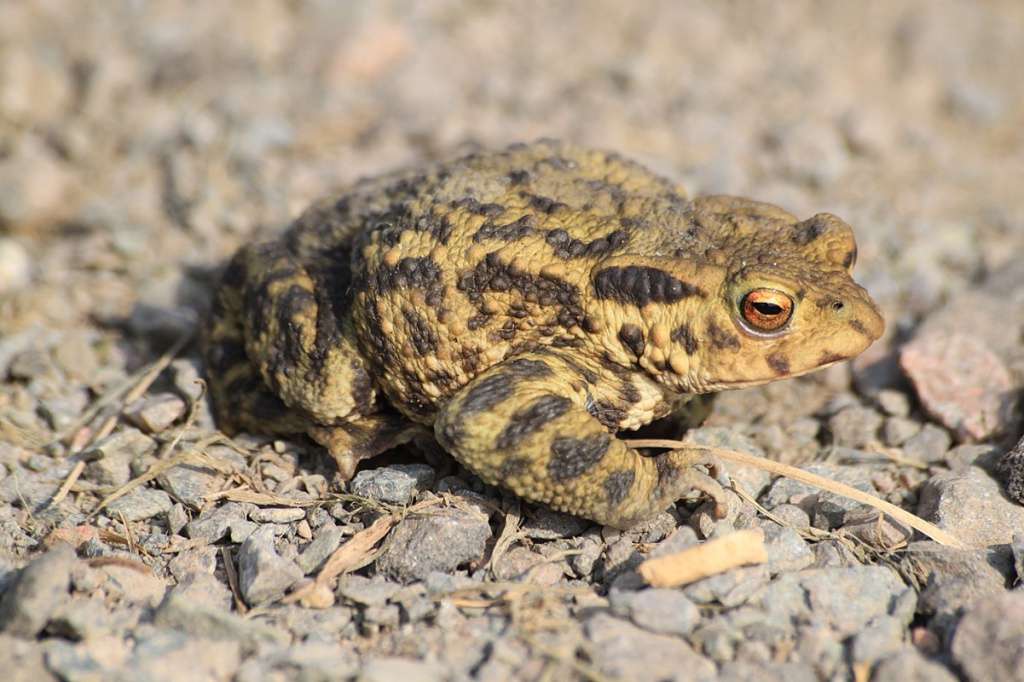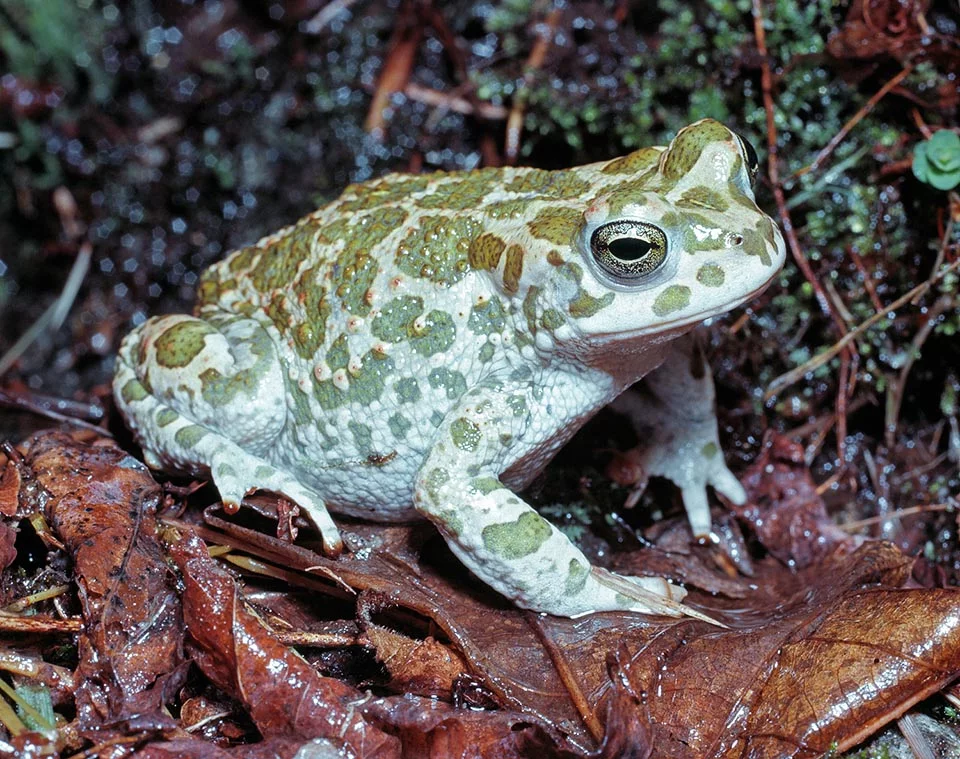
In the family Bufonidae, the arroyo toad (Anaxyrus californicus) is a species of true toad that is unique to California (in the United States) and Baja California state (in Mexico). Untrained ears may confuse the arroyo toad (Anaxyrus californicus), famed for its melodious call during breeding season, for a cicada. On December 16, 1994, it was included on the endangered species list
The arroyo toad confronts a number of dangers to its survival, reproduction, and persistence since it lives in such densely populated and urbanized coastal locations. Non-native predators and plants, illness, water withdrawals, agricultural and urban growth, pollution, and natural disturbances are some of these dangers (e.g., drought and climate change). Parks like Los Padres National Forest, Angeles National Forest, San Bernardino National Forest, and Cleveland National Forest support Arroyo toad recovery by eradicating non-native predators like the American bullfrog in order to save the Arroyo toad and the habitats it inhabits (Litholbates catesbeianus).
Characteristics
The arroyo toad is a species of toad that is 5 to 7.5 cm (2.0 to 3.0 in) long, stocky, blunt-nosed, and warty-skinned. It is greenish, gray, or salmon in colour on the dorsum, with a pale stripe spanning its head and eyelids. It also has horizontal pupils. It has large, round, widely spaced parotoid glands, light sacral and mid-dorsal patches, and weak or missing cranial crests. Ashy-white, olive, or salmon in colour on the dorsal side, with or without black spots, characterize this species’ juveniles. On its back, it features tubercles with crimson tips.

Diet
Arroyos consume a broad range of invertebrates, although juveniles and adults primarily consume ants.
Habitat
In Southern California, from Santa Barbara County south into northwest Baja California, Anaxyrus californicus likes sandy or cobbly washes with rapid currents, as well as related upland and riparian habitats. An arroyo, often known as a wash in the desert, is a mostly dry watercourse or river bed. After enough rain, it fills and flows, but only momentarily during particular seasons. The arroyo toad lives in these locations in sandy ground along creeks and rivers with shallow pebble-like rocks. In order to find safety and shelter as well as a place to lay their eggs, adults seek refuge in the sandy soil. The main focus is on areas with very little or no vegetation.
Reproduction
After the yearly rains, the months of late winter and early spring are when the arroyo toad breeds. In order to attract a female toad, the male toad will pick a location close to a river or water bank and make mating calls there. The female toad returns to the area to lay her eggs near the water after their amplexus mating. An average of 4,700 eggs are deposited in a two-row configuration. Due to the water flow, it is extremely important to position the eggs near the water; otherwise, part of the eggs would dry out and die. Additionally, eggs may fall into the water’s depth and be devoured by predators. The majority of eggs hatch between four and six days after being laid.
Table





